

Matt Campbell
2026 Chery Tiggo 9 review
4 Days Ago
Many new cars today are as much a comfortable living space as they are a driving machine, making available entertainment options a key consideration for buyers.

Contributor
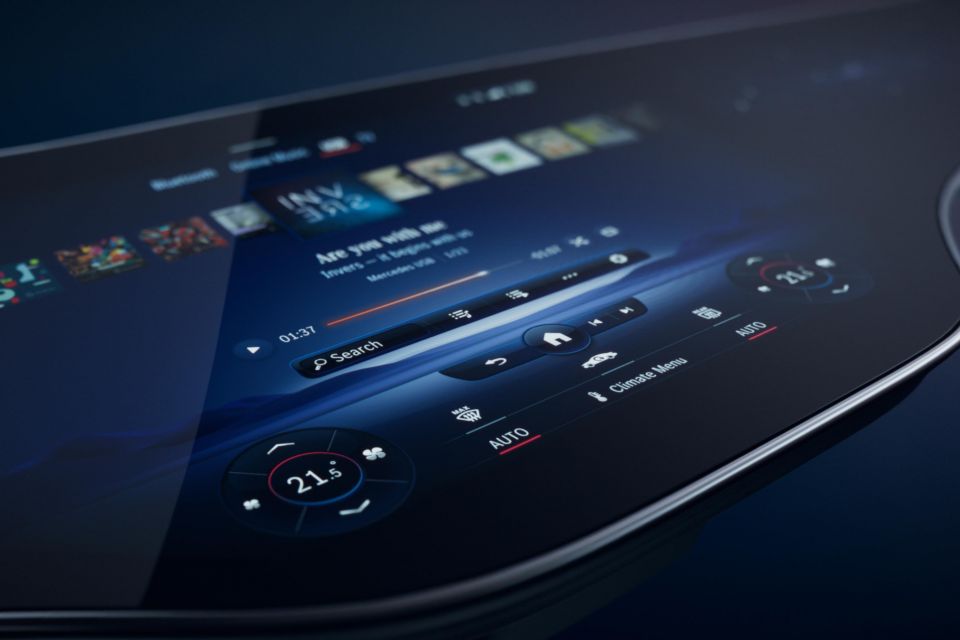

Contributor
There’s a reason the great road trip is so deeply embedded in pop culture. It’s proof cars have always been far more than basic transportation devices or pure driver machines.
Instead, they’re a refuge away from home and work, a place to spend peacefully by yourself or to hang out, listen to music and have some great conversations with a close group of friends or family.
With constant tech advances, most new cars today offer more entertainment options than a basic stereo equipped with an AM/FM radio tuner or a CD player.
Instead, internet streaming services have taken centre stage, allowing the driver and passengers to easily listen to (and watch) whatever they want, wherever they want.
In the premium segment, many cars also offer high-end sound systems from brands such as Harman Kardon, Bowers & Wilkins, Meridian, and Burmester. The combination of streaming services and high fidelity audio systems, in turn, gives carmakers the scope to advertise their vehicles as mobile hi-fi or in-car home theatre systems.
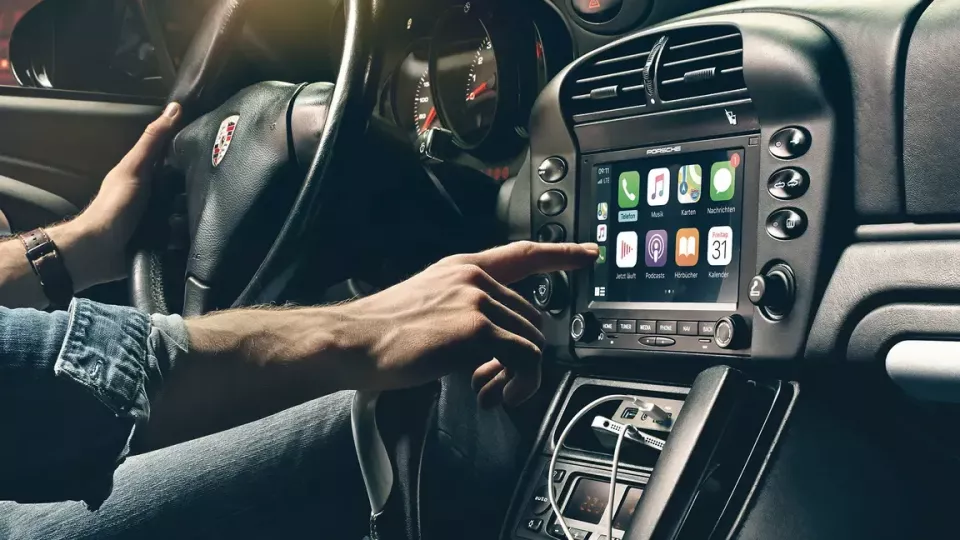
Many new cars feature infotainment systems with Apple CarPlay and Android Auto connectivity, and that means many of the music and audio apps available on your iPhone or Android smartphone can be accessed through your car’s main infotainment display, as long as your phone is connected.
For music lovers, popular apps available through Apple CarPlay and Android Auto interfaces include Spotify, Apple Music, Tidal, and Amazon Music. Note that as with most other CarPlay/Android Auto apps, both Apple and Google heavily restrict the design of the UI to a few simple controls, in order to minimise driver distraction.
Practically, this means that these apps are likely to look similar when displayed on your infotainment screen, and will not have the full range of advanced controls possible on your phone or tablet.
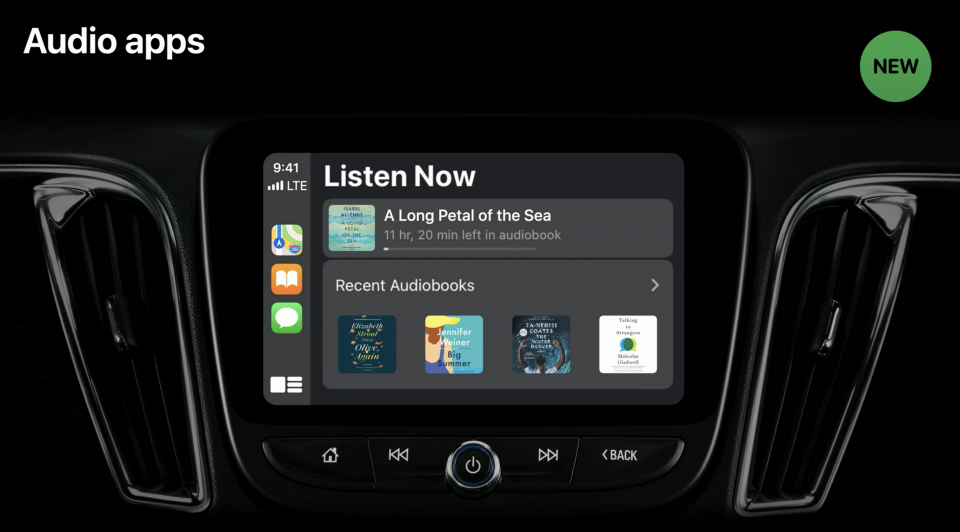
Podcasts are booming in popularity, and both Apple CarPlay and Android Auto also cater for these audiences with apps such as Overcast, Pocket Casts, and the Apple Podcasts app (CarPlay only).
For those wishing to broaden their tastes, apps such as iHeartRadio, TuneIn and Listnr allow users to hear radio stations from around the country and the world. Book lovers also have access to Amazon’s Audible service that specialises in longer-form audiobooks.
Relying on Apple CarPlay and Android Auto, however, also means being able to stream content is dependent on your phone’s reception. If you plan on driving to a remote area, it may be wise to download music, audiobooks, or podcasts prior to commencing your journey.
Some carmakers have been attempting to reduce their reliance on smartphone mirroring technologies by building in streaming to their native infotainment systems. The latest models from BMW, Mercedes-Benz, and Tesla.
Some cars featuring Android Automotive (i.e. Android as the native infotainment system), for example, have inbuilt Spotify apps.
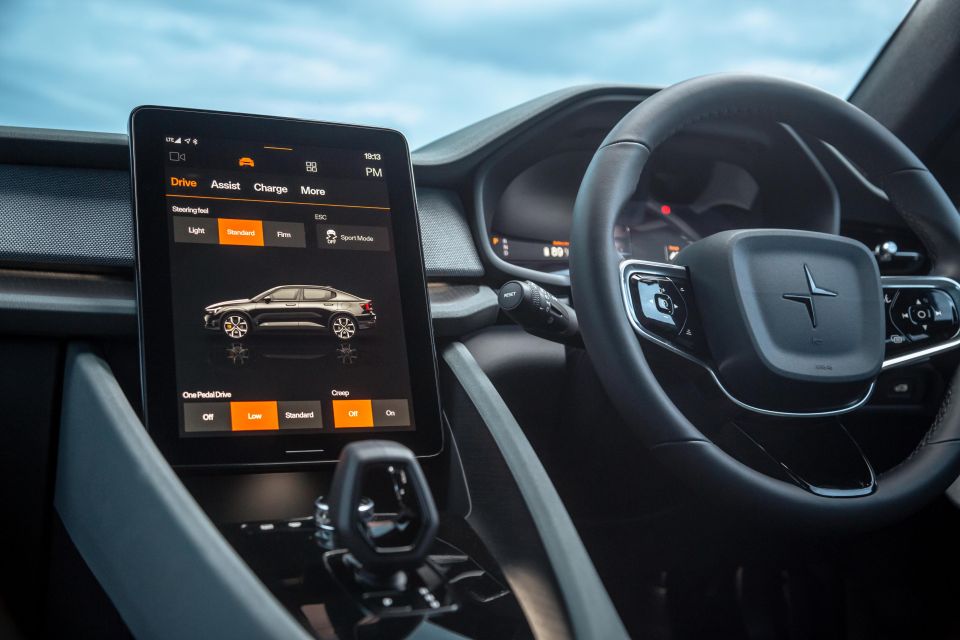
These integrations may offer several advantages such as offering a more seamless user experience, as the driver’s phone does not need to be connected to the car to stream Spotify, as well use of the car’s data plan to play music.
A native Spotify integration may also offer less buffering and better streaming reception in more remote areas, as the car’s more powerful antenna is used.
However, the substantive audio quality may vary based on the particular model of car. The Spotify app available on Tesla’s Model 3, for example, is limited to a maximum bitrate of 96kbps, compared to 320kbps for the equivalent CarPlay/Android Auto app.
Video streaming services are much harder to find on vehicles due to the potential for driver distraction, and Apple CarPlay and Android Auto don’t support video from apps such as Netflix, Disney+, Amazon Prime, or other streaming services.
Instead, it’s largely up to carmakers to decide which streaming services to incorporate, and how best to do this safely within their native infotainment systems.
Tesla currently offers the greatest choice in this regard, with all models in the range offered with Netflix, YouTube, and Twitch services that can be viewed on the infotainment display when the car is in Park. In certain markets, Tesla also offers the Disney+ app, but it’s unclear as to when Australian models will be available with this service.
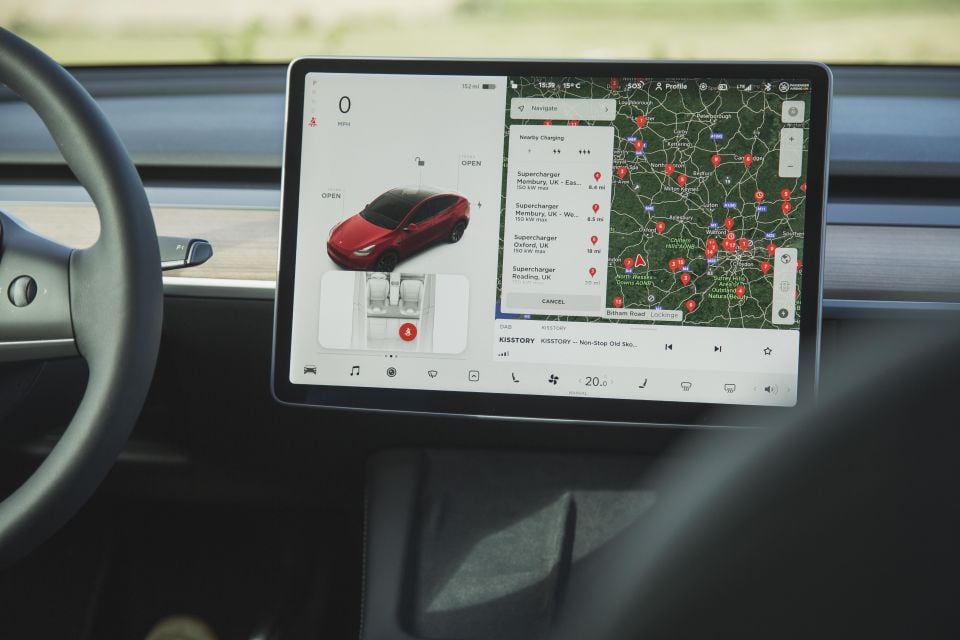
Android is a versatile operating system available on smartphones and certain TVs, and offers a plethora of streaming services.
Through Android Automotive, Google has recently also become the native infotainment system for the latest models from carmakers such as Volvo, Polestar, and Renault, and correspondingly the American software giant has confirmed that it’s bringing the YouTube app to Android Automotive vehicles via a software update, commencing with the Volvo C40 Recharge.
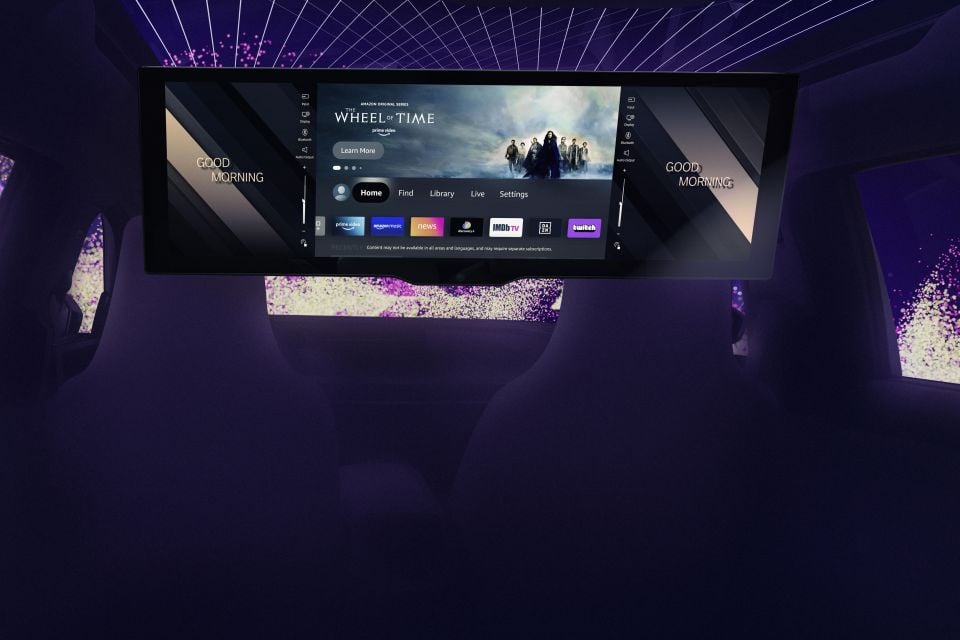
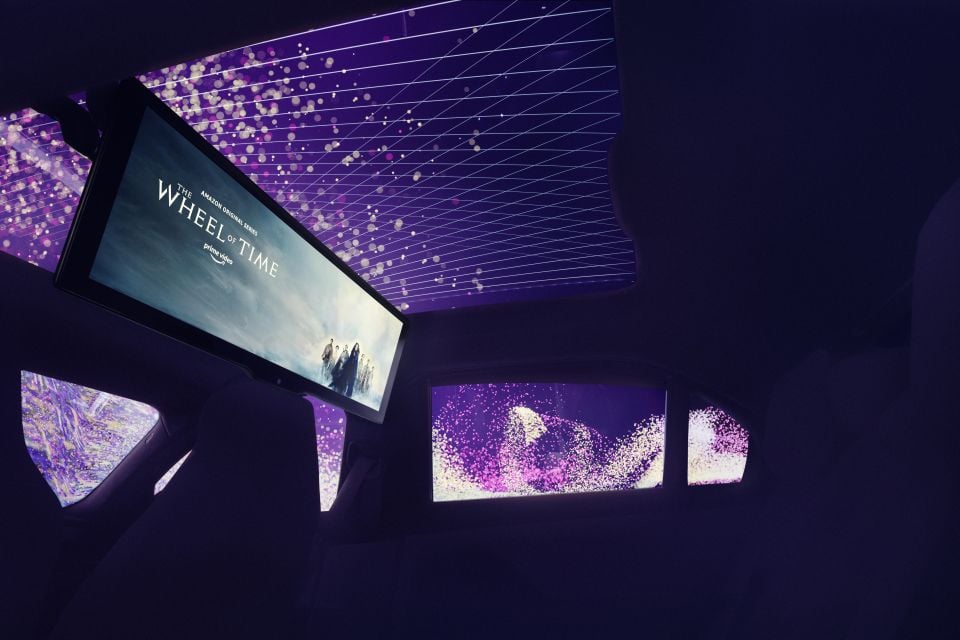
Out of all the premium carmakers, however, it is perhaps BMW that has made arguably the grandest announcement to date with regard to introducing video streaming services in the car.
Revealed earlier this year at the CES technology expo, the BMW Theatre Screen makes use of an ultra-widescreen 31-inch display (in a 32:9 ratio) with an 8K resolution, and makes use of the Amazon Fire TV platform, incorporating services such as Amazon Prime Video and Twitch.
It is expected that this screen will be available on upcoming flagship BMW models, including the next generation BMW 7 Series.


Matt Campbell
4 Days Ago
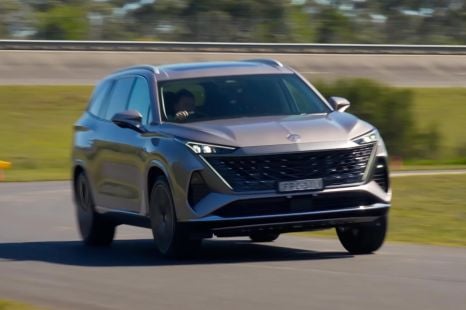

William Stopford
4 Days Ago
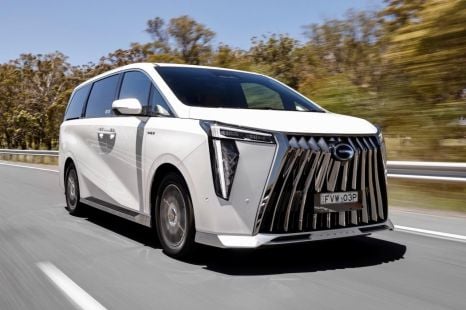

Ben Zachariah
3 Days Ago


Ben Zachariah
1 Day Ago
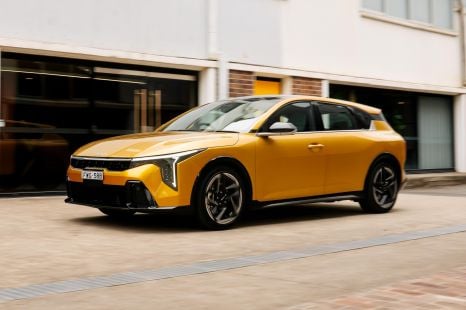

James Wong
6 Hours Ago
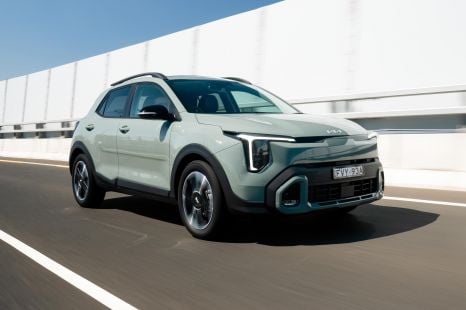

James Wong
6 Hours Ago